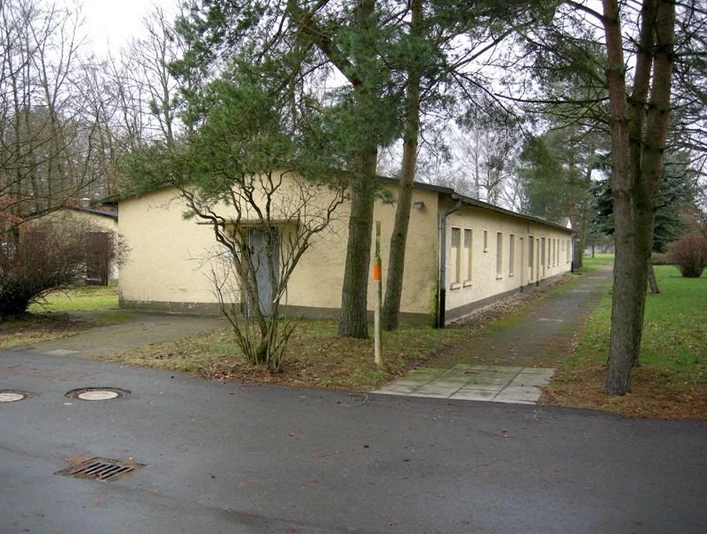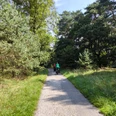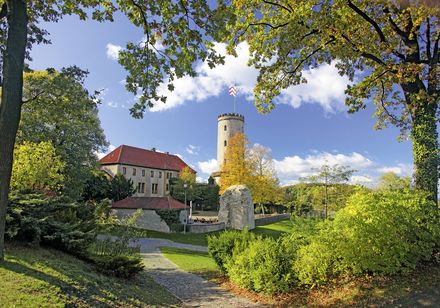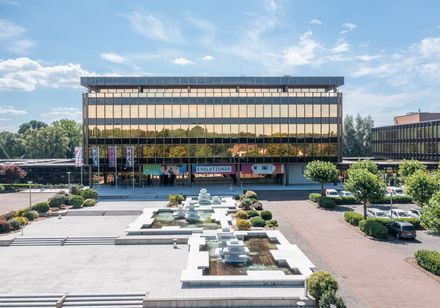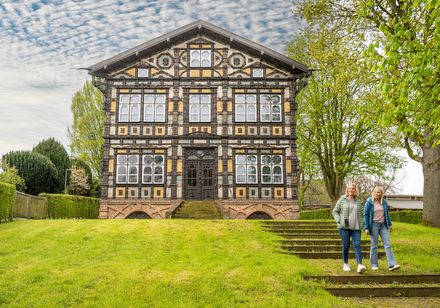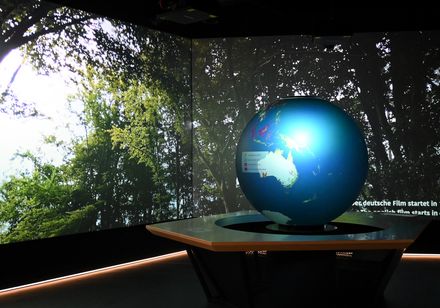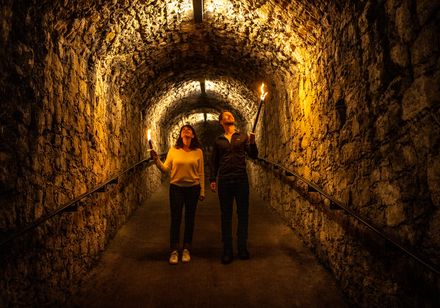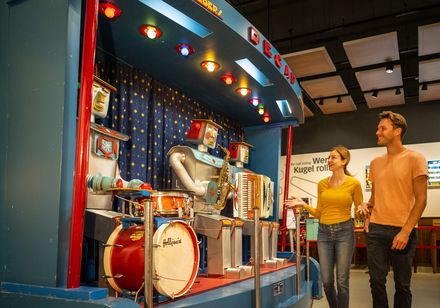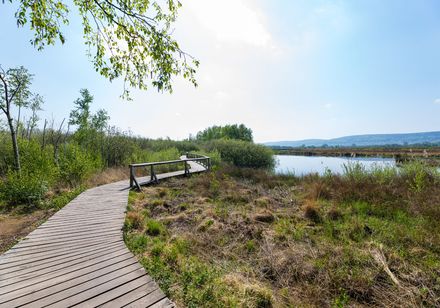From 1941 to 1945, the Stalag was the largest transit camp for prisoners of war from the Soviet Union in the territory of the Third Reich. In just under four years, around 310,000 Soviet prisoners passed through the camp on their way to work in the Ruhr region. Most of the prisoners in the "West Camp" were Western Allies.
When the first Soviet prisoners arrived at the camp in the Senne, the area was still largely undeveloped. In the beginning, self-dug earth caves were used as shelter, even in winter.
As in all main camps, the mortality rate of the prisoners was very high. There is no exact evidence of how many people died here.
On April 2, 1945, Stalag 326 was handed over to American troops without a fight.
After the end of the war, the site of the former Stalag 326 was initially used by the British military government as an internment camp for former National Socialists for three years.
In January 1948, the camp was handed over to the NRW state government. After that, it was initially used to accommodate German refugees and displaced persons - primarily East Germans interned in Denmark and other people in need of care (the sick, elderly, physically disabled, women with children). The care was transferred to independent welfare organizations. Due to its proximity to the municipality of Stukenbrock, the camp was given the name "Sozialwerk Stukenbrock".
Later, displaced East Germans and refugees were also allocated temporary accommodation. Stukenbrock thus became a residential and transit camp of its own kind: while maintaining the independence of the individual welfare organizations, a social welfare task was carried out here in cooperation between the state administration and independent welfare organizations that was unique in this form throughout Germany. The welfare organization existed until the end of the 1960s.
The Stalag 326 (VI K) memorial is located on the grounds of the "Erich Klausener" state police school in Stukenbrock-Senne. Registration is absolutely necessary.
Good to know
Openings
In addition, a public guided tour is regularly offered after the general opening hours on Thursdays from 2 to 4 pm.
Price info
Some guided tours of the memorial and the cemetery of honor are subject to a charge.
General information
Parking Available
Bus stop available
Eligibility
Bad Weather Offer
Suitable for any weather
for Groups
for Class
for individual guests
Suitable for the Elderly
Payment methods
Directions & Parking facilities
The best way to reach the memorial by car is via the A33 highway, taking the Stukenbrock-Senne exit. Then turn right onto Paderborner Straße and after about 1.2 km drive onto Lippstädter Weg. Turn right at the first opportunity and then left again and you will find the destination on the right-hand side.u
The SHS 3 cycle path leads past there.
Social Media
License (master data)
Nearby
